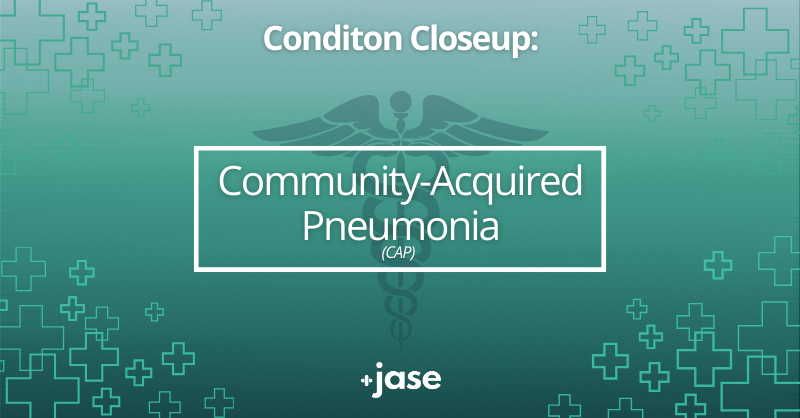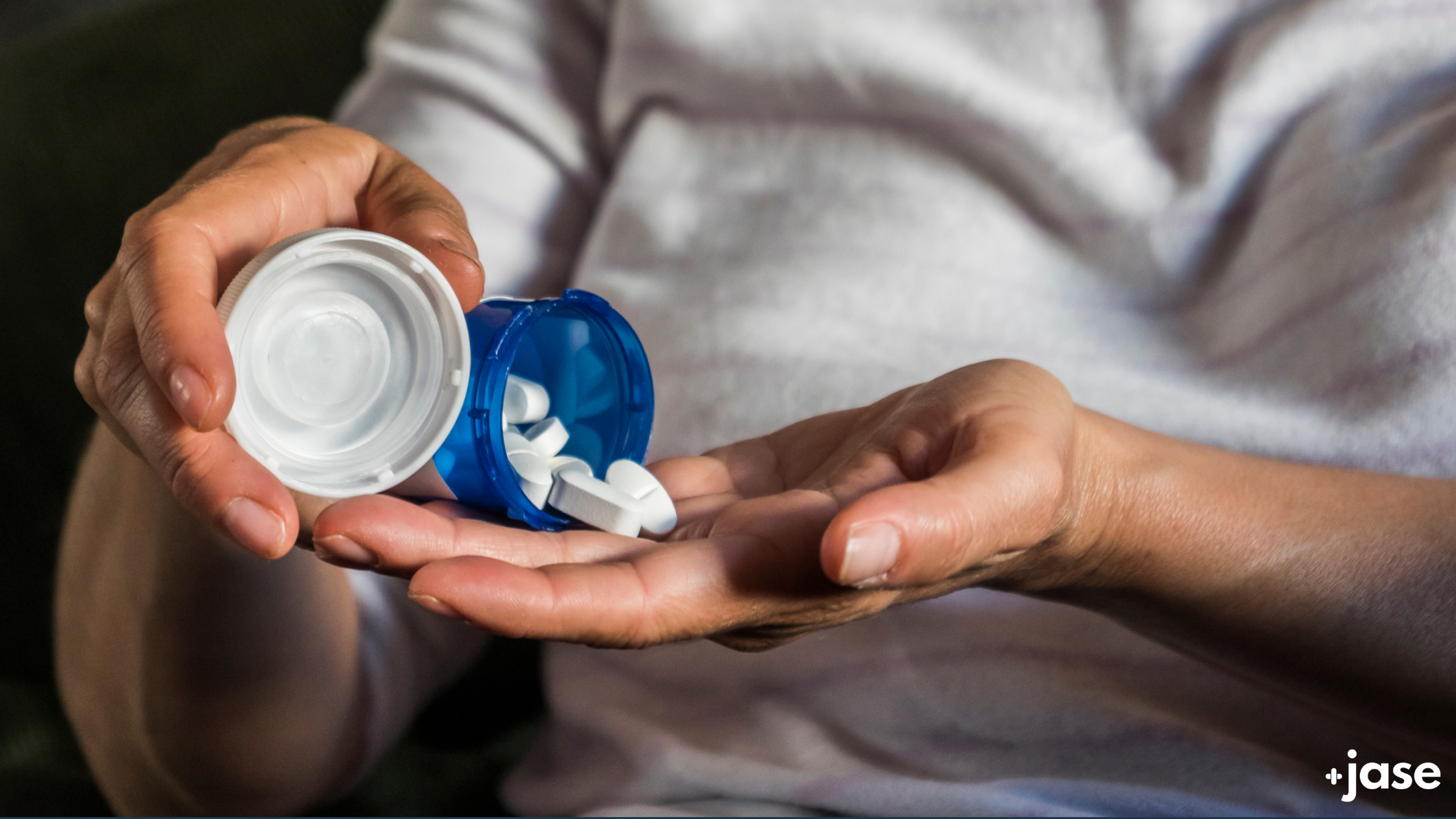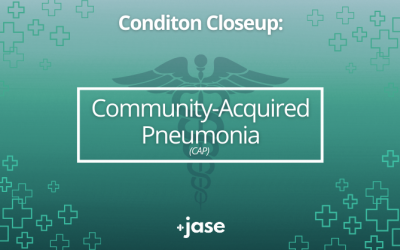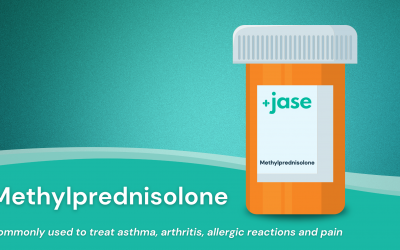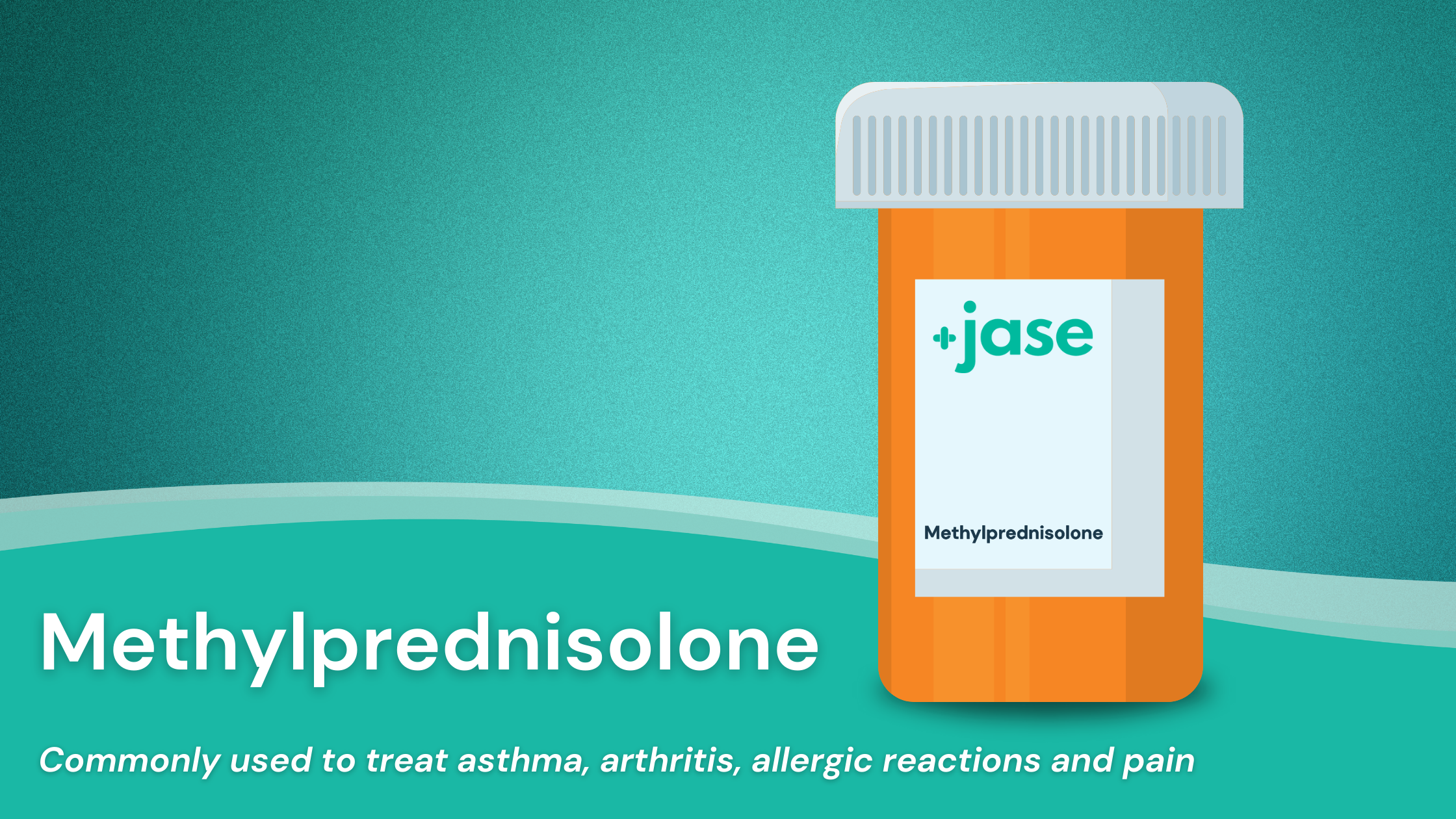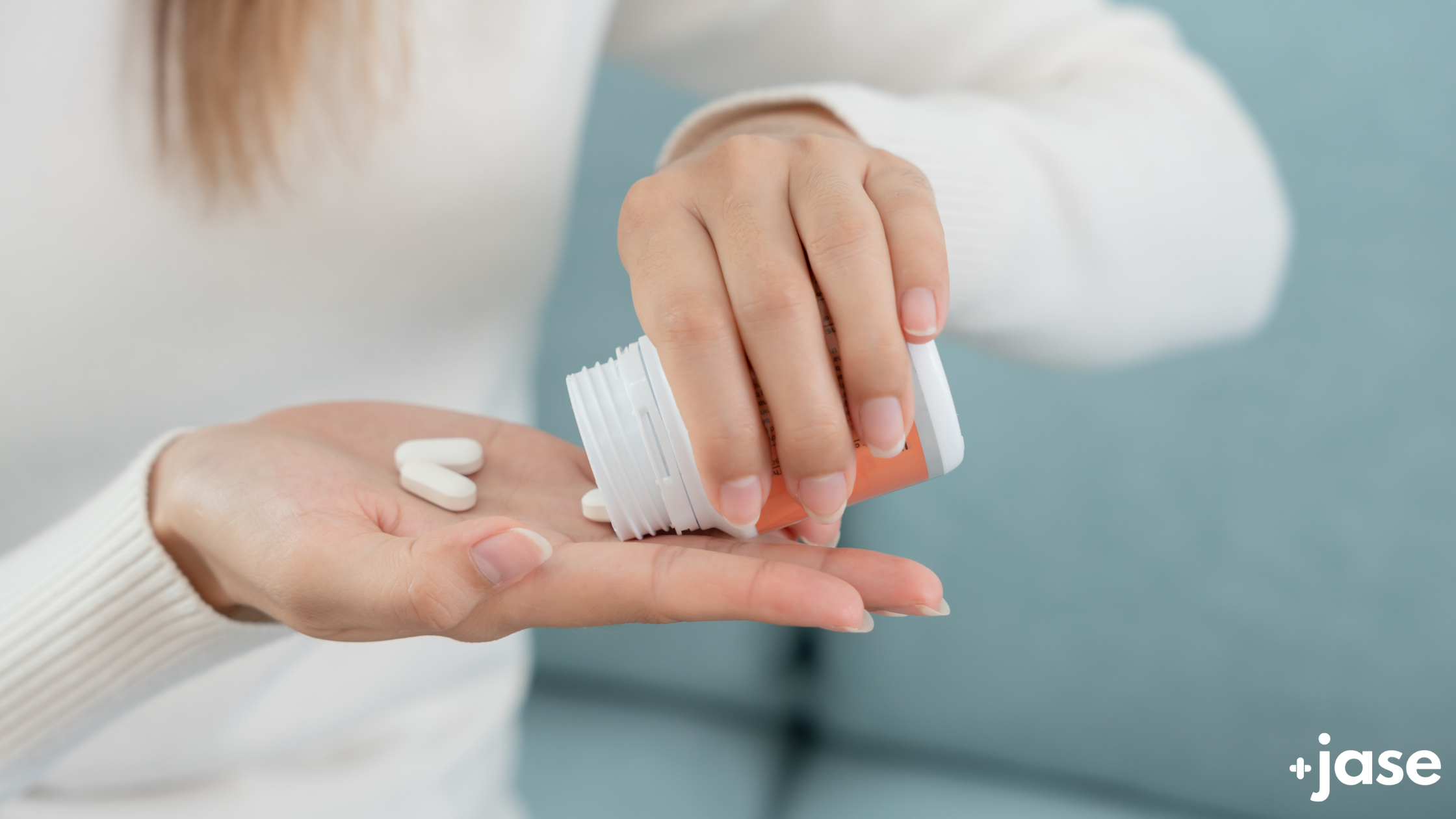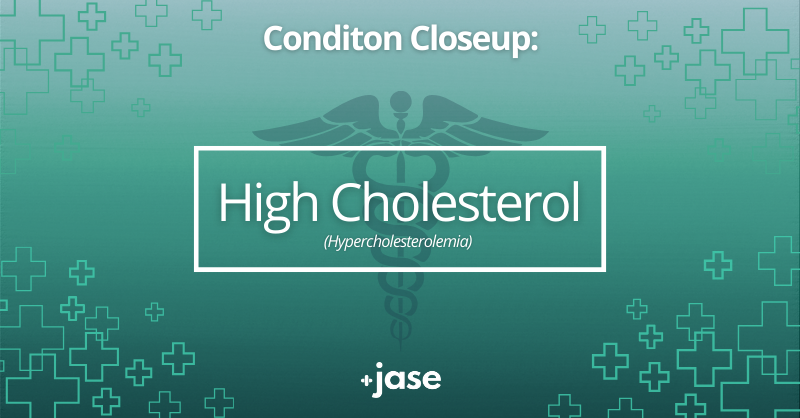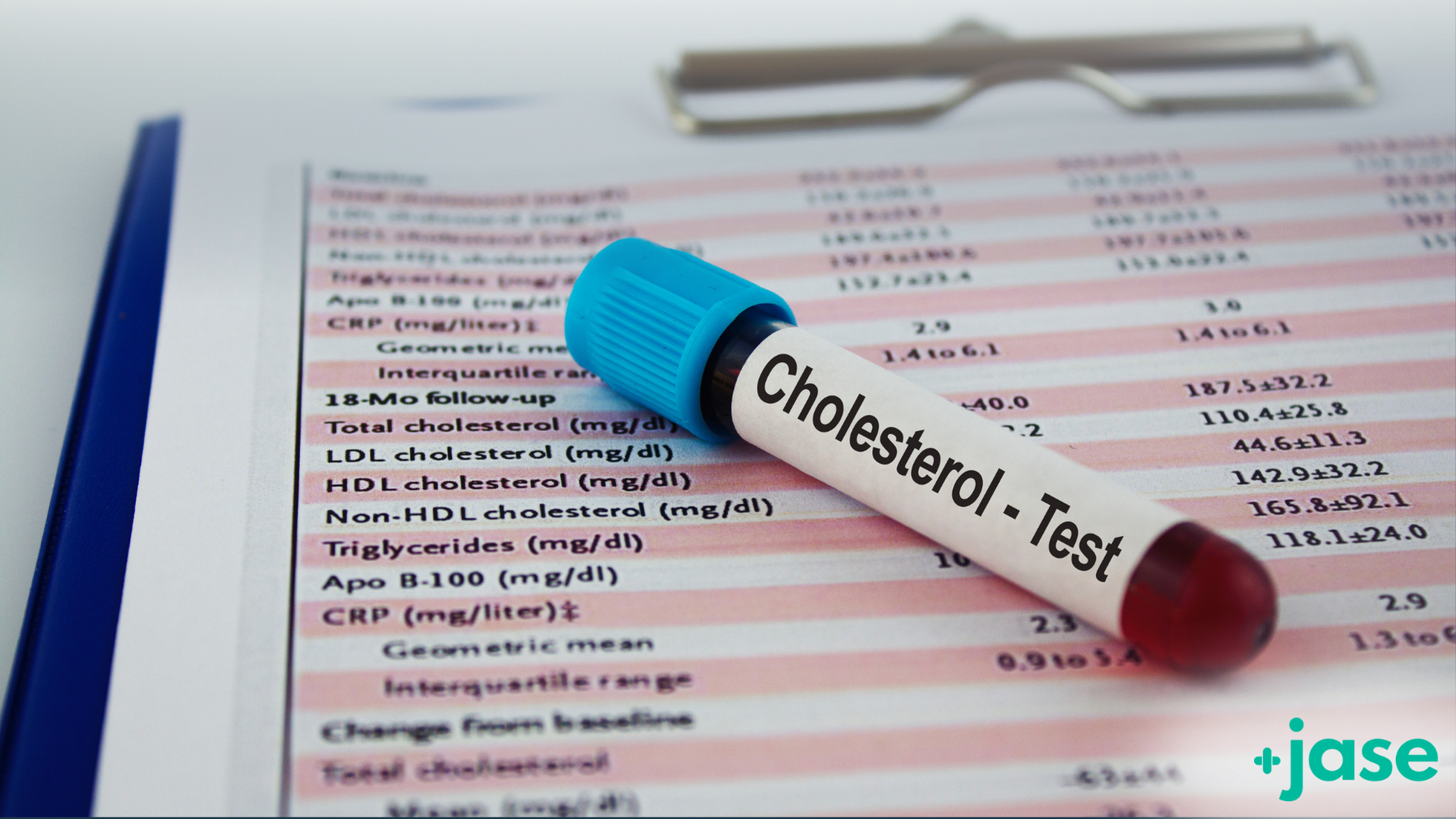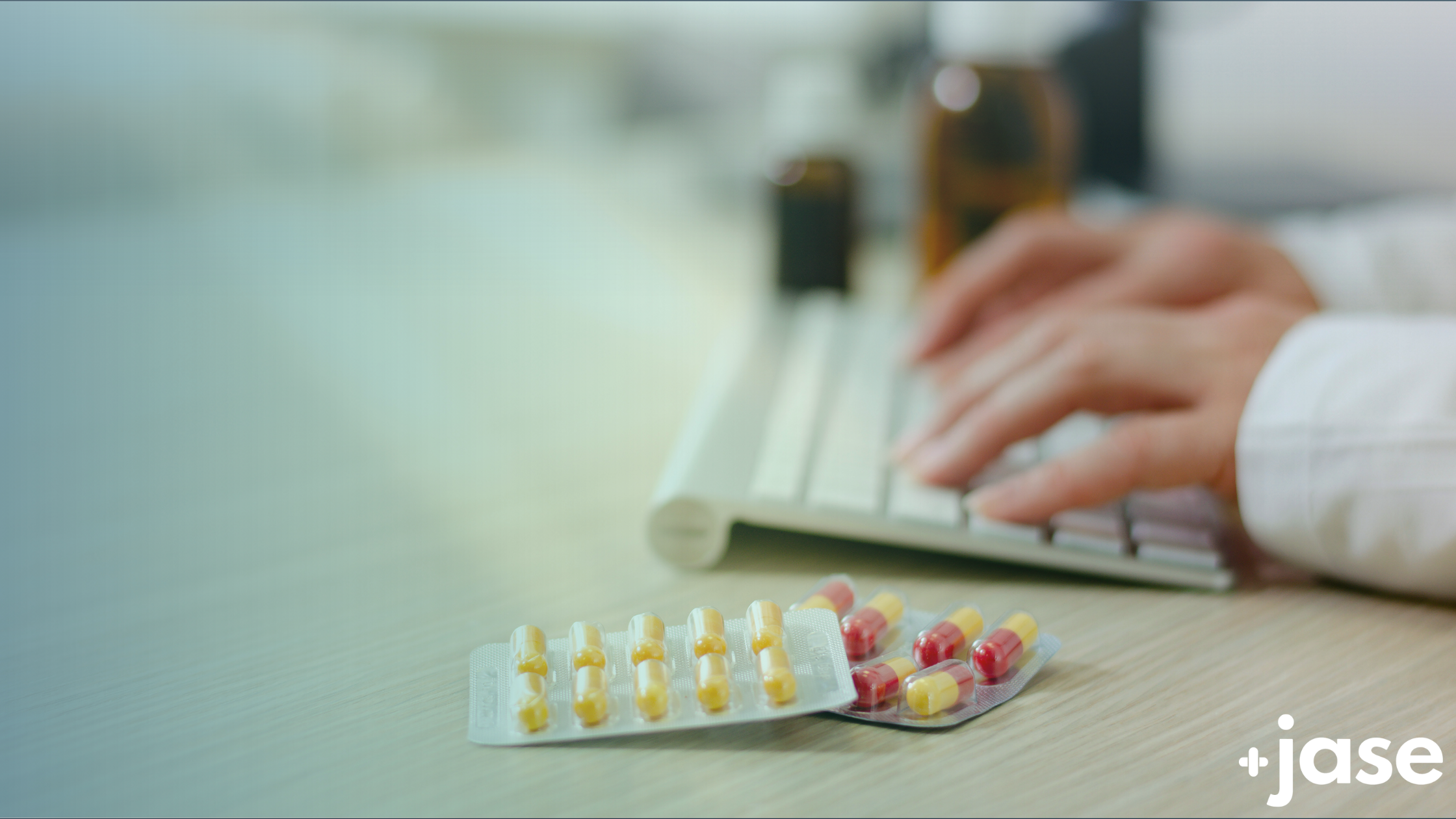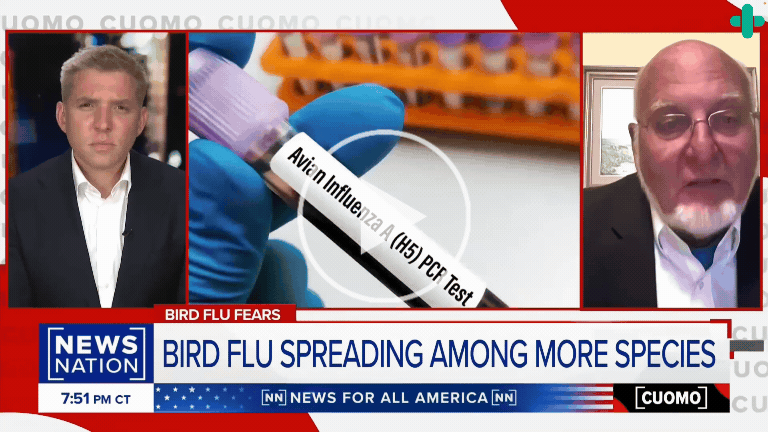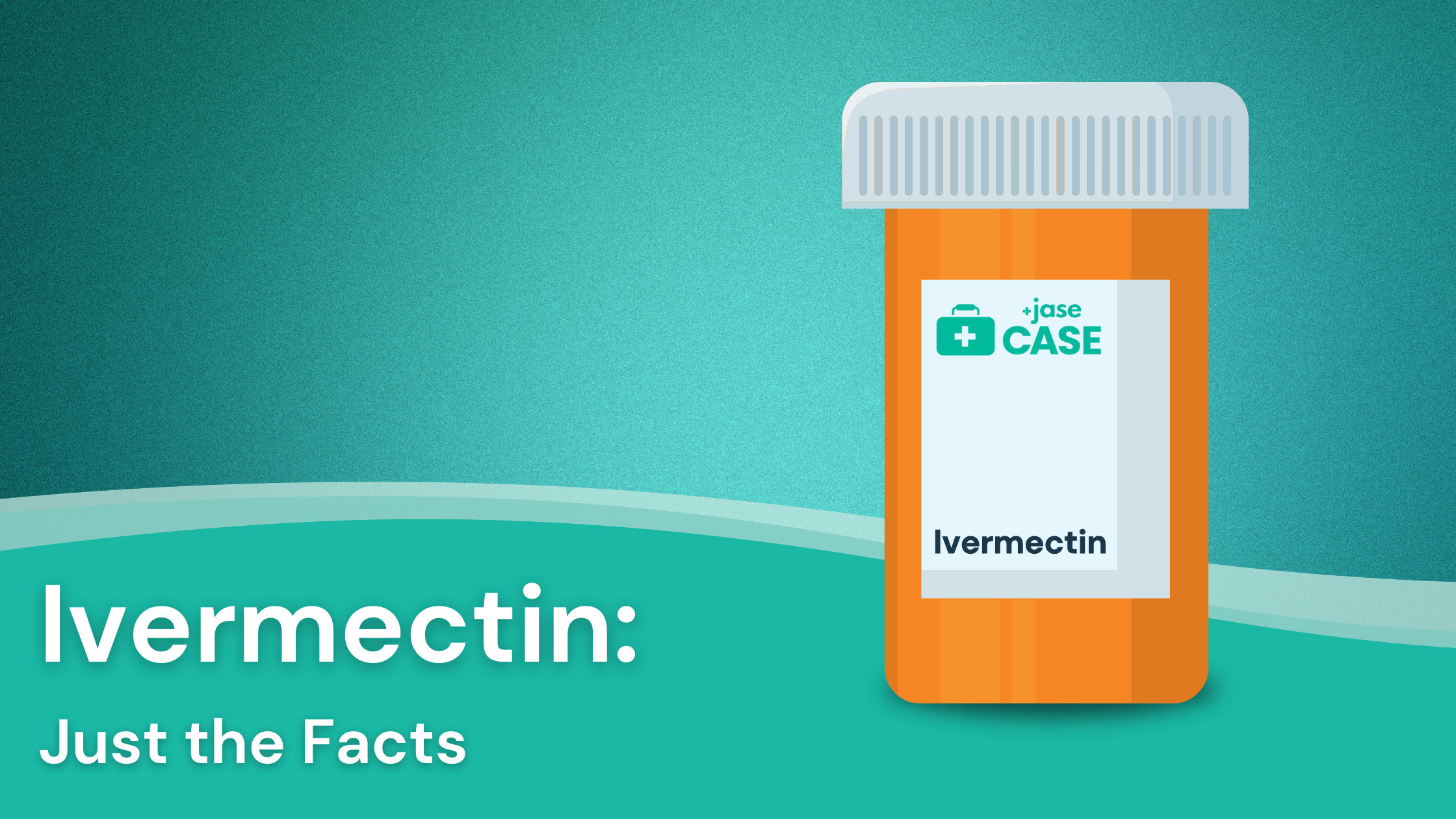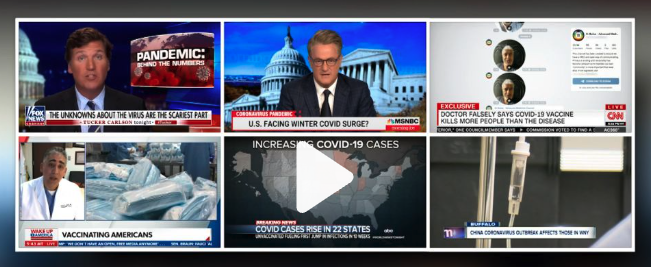Healthy kids make happy learners.A Healthy Head Start: Preparing Your Child for a Thriving School Year As summer draws to a close, it's time to shift our focus to the upcoming school year. Preparing your child for back-to-school goes beyond new backpacks and school...
Condition Closeup: Community-Acquired Pneumonia
Community-acquired pneumonia is much more common than most people realize.

Community-Acquired Pneumonia: A Common and Serious Health Concern
Community-acquired pneumonia (CAP) is a widespread and potentially serious infection of the lungs that affects millions of people each year. Acquired outside of healthcare settings, CAP can range from mild to severe and can lead to significant complications if not treated promptly and appropriately. Understanding its prevalence, causes, symptoms, risks, and treatment options is crucial for effective management and prevention of serious health outcomes.
Prevalence and Causes
CAP is a common illness, particularly during the fall and winter months. It is one of the leading causes of hospitalization and death worldwide, especially among the elderly, young children, and individuals with underlying health conditions. The condition is primarily caused by bacterial pathogens, with the most common being Streptococcus pneumoniae. Other bacteria, such as Haemophilus influenzae, Mycoplasma pneumoniae, Chlamydophila pneumoniae, and Legionella pneumophila, can also cause CAP.
| CAP is the second most common cause of hospitalizations and the most common infectious cause of death among adults in the U.S., resulting in 4.5 million outpatient or emergency room visits annually. |
How People Often Get It
People can contract CAP through various means, most commonly through inhalation of respiratory droplets containing infectious pathogens. This can occur through:
- Close contact with an infected person: Being near someone who is coughing or sneezing.
- Aspiration: Inhaling food, drink, or vomit into the lungs.
- Underlying health conditions: Chronic illnesses like COPD, diabetes, or heart disease can increase susceptibility.
Symptoms
The symptoms of CAP can range from mild to severe and typically include:
- Persistent cough, often producing phlegm or pus
- Fever and chills
- Shortness of breath or difficulty breathing
- Chest pain that worsens with breathing or coughing
- Fatigue and weakness
- Nausea, vomiting, or diarrhea
- Confusion, particularly in older adults
Risks of Non-Treatment
If CAP is not treated promptly with appropriate antibiotics, it can lead to severe health complications, including:
- Bacteremia: The infection can spread to the bloodstream, causing sepsis, a life-threatening condition.
- Pleural Effusion: Fluid can accumulate around the lungs, requiring drainage.
- Lung Abscess: Pus-filled cavities can form in the lung tissue.
- Respiratory Failure: Severe infection can prevent adequate oxygen from reaching the bloodstream.
- Chronic Respiratory Problems: Long-term damage to the lungs can occur, especially in those with pre-existing conditions.
Treatment Options
Timely antibiotic treatment is essential to manage CAP effectively and prevent complications. The choice of antibiotic depends on the severity of the illness, the patient’s health status, and local resistance patterns. Commonly used antibiotics include:
Azithromycin
-
- Effective against a wide range of bacteria, including atypical pathogens like Mycoplasma pneumoniae, Chlamydophila pneumoniae, and Legionella pneumophila.
- Usually well-tolerated with a convenient dosing regimen.
Amoxicillin-Clavulanate (Augmentin):
-
- Often used for mild to moderate cases of CAP.
- Effective against Streptococcus pneumoniae and Haemophilus influenzae, including beta-lactamase-producing strains.
Doxycycline:
-
- An alternative for patients with penicillin allergies.
- Effective against Streptococcus pneumoniae and atypical pathogens.
Fluoroquinolones (e.g., Levofloxacin, Moxifloxacin):
-
- Effective against a wide range of bacteria, including drug-resistant strains.
- Often used for more severe cases or when there are concerns about antibiotic resistance.
Ceftriaxone (Rocephin):
-
- A third-generation cephalosporin commonly used in hospitalized patients with more severe infections.
In addition to these, several other antibiotics can be used based on the specific clinical scenario and patient factors. Always consult with a healthcare professional on the best course of treatment for any condition.
Azithromycin, amoxicillin-clauvinate, and doxycycline all come in every standard Jase Case.
Community-acquired pneumonia is a common and potentially serious condition that requires prompt and effective treatment to prevent complications. Recognizing the symptoms and seeking early medical intervention can lead to better outcomes and quicker recovery. With a range of effective antibiotics available, patients have multiple options for treatment. Consulting with healthcare professionals to choose the best course of action is essential for managing CAP and minimizing the risk of severe health consequences.
Lifesaving Medications
Recent Posts
Keeping you informed and safe.
A Healthy Head Start: Preparing Your Child for a Thriving School Year
Jase Stories: It Could Happen To You
When you're prepared for a mayday, you're prepared for a Monday.When normal life gets interrupted by unexpected illness, what will you rely on? If you're far from home on a trip, or pharmacies and doctors offices are closed from a natural disaster, how will you treat...
Condition Closeup: Community-Acquired Pneumonia
Community-acquired pneumonia is much more common than most people realize.Community-Acquired Pneumonia: A Common and Serious Health Concern Community-acquired pneumonia (CAP) is a widespread and potentially serious infection of the lungs that affects millions of...
Medication Spotlight: Methylprednisolone
From asthma to allergic reactions, to arthritis, Methylprednisolone is a highly effective corticosteroid.What is Methylprednisolone? Methylprednisolone (Medrol Dosepak™) is a versatile corticosteroid medication widely used to treat a variety of inflammatory and...

